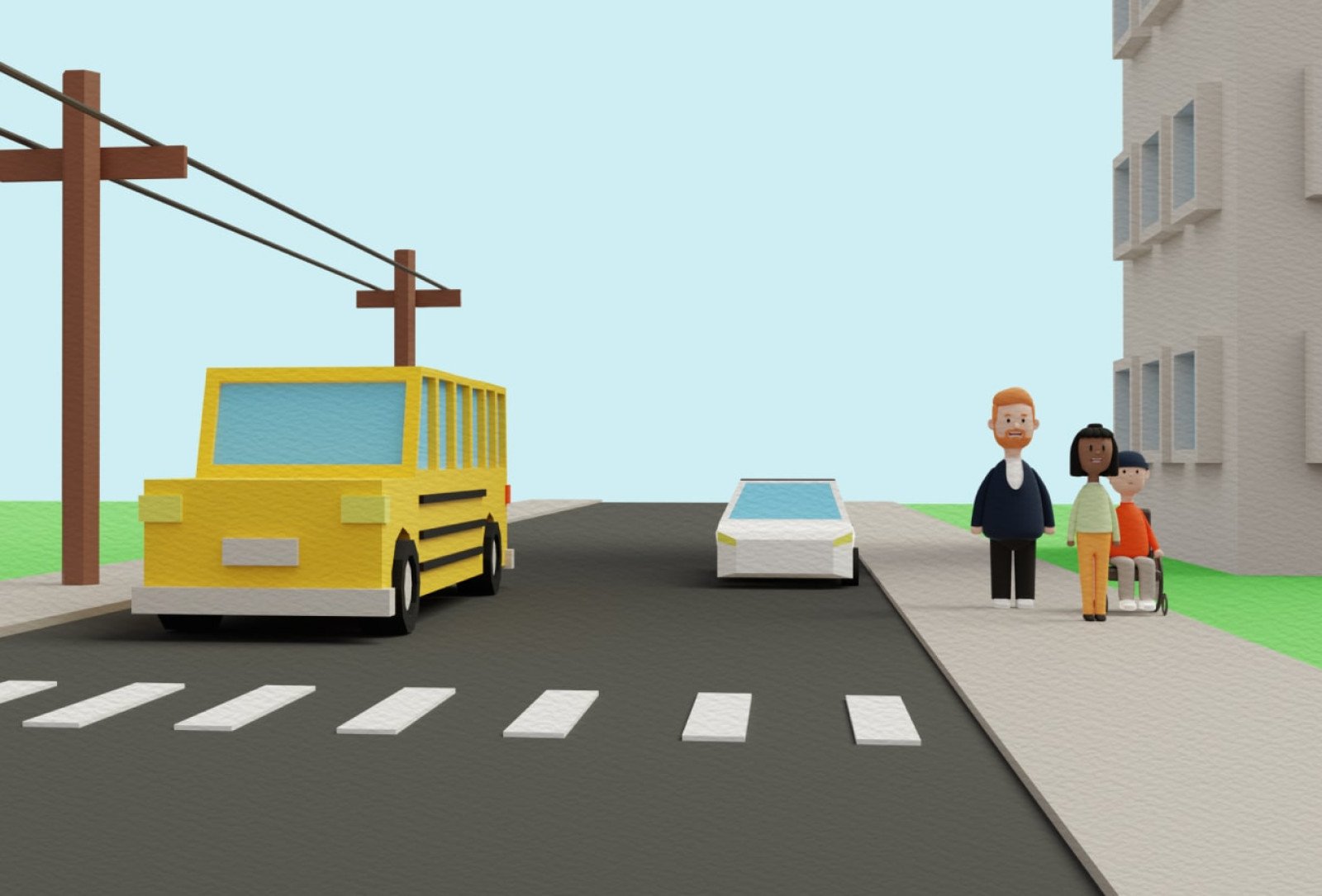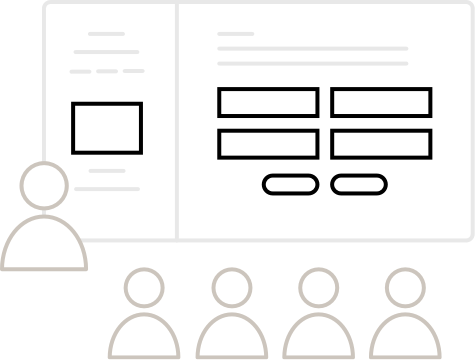
Overview
In this activity, students explore electrical safety by watching a series of short videos, testing their safety knowledge with interactive trivia questions, completing a safety handout and taking a safety pledge.
Single screen mode
A single screen and laptop is used for watching the video and answering questions together as a class.
Before you begin, make sure:
- You’re connected to the internet
- You’re projecting your screen for the class to see

Launch activity Commencer l'activité
Need help with using quiz activities in the classroom?
Check out
our
Getting started guide.
Multi-player mode
Multi-player mode allows you to run the activity while your students participate (either individually or in small groups) on their own phones, tablets, or computers.
Before you begin, make sure:
- You and your students are all connected to the internet
- You’re projecting your screen for the class to see
Launch activity Commencer l'activité
Need help with using quiz activities in the classroom?
Check out
our
Getting started guide.
Instructions
What you'll need
- Computer and projector or TV screen to share video
- Optional: Individual devices for students to independently answer questions
- “Safety Street” video
- “Safety Street” student handout, one copy per student
- Coloured pencil crayons
- “Electrical safety pledge”, one copy per student
- Share with students that they will be meeting Dave and friends from BC Hydro to learn how to stay safe around electricity by watching a series of short videos and answering interactive questions after each.
- Set up screens to start the videos “Safety street”.
- If using just one screen for the whole class, select “Single Screen” option.
- If using individual devices for each student, select “Multi-screen” option.
- After each short video section, as a class, or individually, have students select their answers to the trivia question. Students will find out if they are correct after submitting their answer.
- After completing the series of 5 videos and questions, provide each student with a copy of the “Safety street” student handout.
- Ask students to colour the images and answer the questions on the handout.
- As a class discuss the answers from the handout:
- What might happen if a drone touches power lines?
Answer: If a drone hits a power line, it can cause power outages and damage equipment. - What are these transformers for?
Answer: Pad-mounted transformers are where underground electrical lines can be accessed by technicians. - Why are there warning signs on the fences at electrical substations?
Answer: Substations have a lot of high voltage electricity and can be very dangerous, so warning signs tell us to stay away. - How far away should you stay from a downed or damaged power line?
Answer: 10 meters or the length of a school bus. - Why is it important to shuffle away instead of walk or run, if you are too close to a downed power line?
Answer: So, electricity cannot pass through our bodies, as that would really hurt us.
- What might happen if a drone touches power lines?
- Discuss the meaning of Down, Danger, Dial. If you see a downed powerline, you know it is dangerous. Stay back at least 10 metres and call 911. If you are closer than 10 metres then safely shuffle away.
- Have students practice shuffling away, ensuring feet always stay connected and on the ground. Make space in the classroom, go outdoors to a playground space, or gym to practice shuffling.
- As a big group, or in smaller groups of 5-6 students, set up a short course, which may be a straight line, or may have obstacles in the way that represent trees or other objects.
- Students begin at the start line with the goal of reaching the finish line by only shuffling their feet.
- If a student’s feet separate (i.e., they take a step instead of shuffle), call out their name and they must return to the start line and try again.
- Finally, provide a copy of the “Electrical safety pledge” student handout to each student, and ask them to pledge to be safe around power lines and other electrical infrastructure.
Modify or extend this activity
Pull up the activity “Downed power line demo” to learn how far 10 metres is, and play a shuffling game to practice staying safe
Curriculum Fit
Physical and Health Education 3, 4, 5
Big idea
- Adopting healthy personal practices and safety strategies protects ourselves and others (Grade 3)
Content
- Strategies for assessing health information
- Strategies and skills to use in potentially hazardous, unsafe, or abusive situations
Curricular competencies
Physical literacy
- (Develop and) apply a variety of movement concepts in different physical activities
Social and community health
- Identify and describe strategies for avoiding and/or responding to potentially unsafe, abusive, or exploitive situations
- Describe and apply strategies that promote a safe and caring environment
Career Education 3, 4, 5
Content
- Goal-setting strategies - emergent leadership skills, safety hazards and rules at school, at home, and in the community
Curricular competencies
- Work respectfully and constructively with others to achieve common goals (Grade 3)
- Demonstrate safe behaviours in a variety of environments (Grade 4, 5)
Assessments
- Assess students’ understanding of when and how power lines, transformers and substations are dangerous.
- Assess students’ understanding of what to do if they see a downed power line.
- Assess students’ understanding of what to do if they are close to a downed power line.
Teaching Notes
Electrical safety tips around power lines
- Don't climb on power poles
- Never fly kites or drones near power lines
- Stay away from broken or fallen power lines
- Never touch or climb trees that are near power lines
- Never touch big, metal transformer boxes with warning signs
- Stay away from substations and power lines
Electrical safety, electricity, and power lines
Power lines are conductive which means the electrical current runs through them with the least resistance. However, if something makes contact with a live power line like a tree, kite, or ladder, the electrical current may flow to the ground. The place where the current touches the ground is the highest voltage and from that point the electrical current spreads out in irregular concentric circles. The voltage or electrical intensity decreases as it moves further from the source. A safe distance from the source of contact, like a downed power line, is 10 metres or more.
Electricity can find its way through touch to get to the ground. If a kite gets tangled in a power line, the electrical current could travel through the kite and you to reach the ground. Birds do not get zapped when standing on a power line, however they would if they straddled two power lines, or touched their beak to the ground while standing on the power line.
If there is a power line on the ground, you need to move away from the source (where it touches the ground). However, electricity has the ability to move through your body as you step away from the source of electricity. As electrical current flows through the ground the voltage decreases in concentric rings or ripples as you move further from the source. So, if you move away by lifting one foot, the change in voltage between the concentric rings can travel up one leg and down the other. By keeping your legs together and shuffling your feet instead, the electrical current will stay in the ground. 10 metres is the safe distance calculated based on the voltage in the power lines here in B.C.






